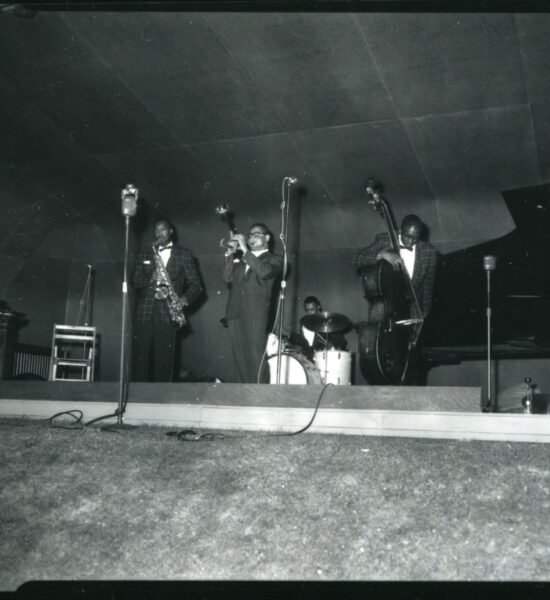Established in 1954, the Newport Jazz Festival has become an iconic event in the annals of jazz history. This annual festival has played a pivotal role in shaping the genre and showcasing the talents of countless musicians. For researchers seeking to delve into the rich tapestry of jazz music, the festival offers a wealth of primary and secondary sources.
Early Beginnings: The Jazz Revolution
The origins of the festival lie in the post-World War II jazz revival. In 1954, George Wein, a jazz enthusiast and promoter, organized the first festival on Long Wharf in Newport, Rhode Island. The event featured a star-studded lineup of jazz legends, including Louis Armstrong, Duke Ellington, and Dizzy Gillespie.
The Newport Sound and Avant-Garde
In the 1960s, the festival became a platform for the emerging “Newport Sound,” characterized by its free-form improvisation and experimentalism. Musicians such as John Coltrane, Ornette Coleman, and Archie Shepp pushed the boundaries of jazz, challenging traditional conventions. The festival also showcased avant-garde artists like Cecil Taylor and the Art Ensemble of Chicago.
Social and Cultural Impact
Beyond its musical significance, the Newport Jazz Festival had a profound social and cultural impact. It fostered an environment where jazz enthusiasts, musicians, and critics could interact and exchange ideas. The festival became a focal point for the Civil Rights Movement, with many artists using their performances to advocate for social justice.
A Treasure Trove for Researchers
Over the decades, the Newport Jazz Festival has amassed a vast archive of primary sources, including:
- Concert recordings and live performances
- Interviews with musicians, critics, and attendees
- Photographs and memorabilia
- Film and video documentaries
These materials provide researchers with invaluable insights into the development of jazz music, the creative process of its artists, and the cultural significance of the festival.
Secondary Sources: Analysis and Interpretation
In addition to primary sources, the festival has inspired numerous secondary sources, such as:
- Books and articles on the history of jazz
- Biographies of influential musicians
- Analyses of specific performances and albums
These sources offer researchers critical perspectives and scholarly interpretations, helping to contextualize the festival’s impact on jazz music and its broader cultural significance.
Conclusion
The Newport Jazz Festival has played a transformative role in the history of jazz music. Its long-standing tradition of showcasing musical innovation, its social and cultural impact, and its rich archive of primary and secondary sources make it an invaluable resource for researchers. By exploring the festival’s history, researchers can gain insights into the artistry, creativity, and social impact that have shaped the world of jazz.




